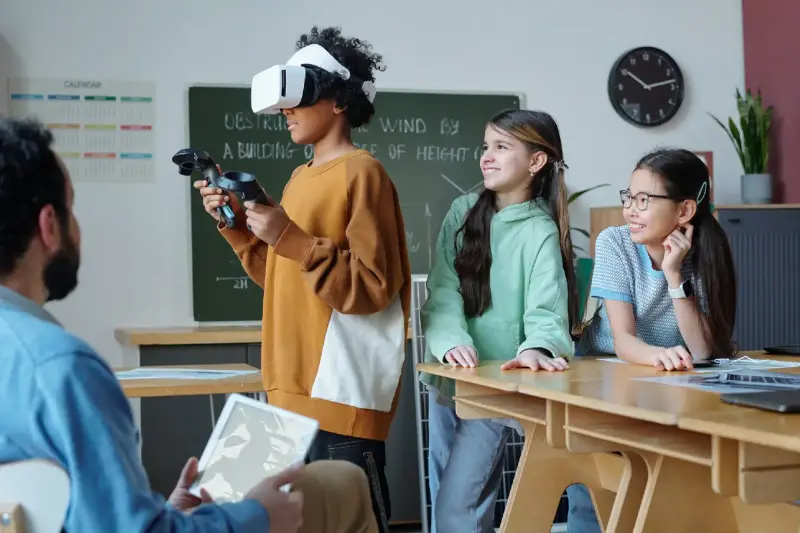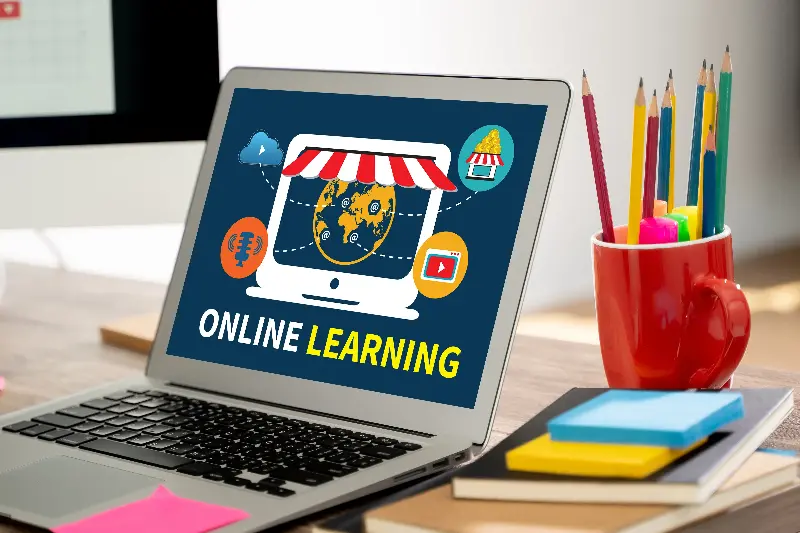Picture this: your phone or laptop isn’t just a distraction or a tool for binge-watching shows. It’s actually your gateway to transforming how you learn, a catalyst for absorbing new skills, memorising facts, and applying knowledge more efficiently than ever before. Thanks to recent breakthroughs in education technology, there’s a remarkable array of research-proven tech hacks that anyone can start using right away to supercharge learning. Whether you’re a student, professional, or lifelong learner, these easy-to-implement strategies can help you learn smarter, not harder.

Rewiring your memory with spaced repetition
One of the most exciting developments in learning science is the power of spaced repetition, and technology brings it to your fingertips. Instead of cramming information the night before an exam, apps like Anki and Quizlet use algorithms to quiz you on facts just before you’re about to forget them. This rhythmic reinforcement has been shown in countless studies to dramatically boost retention.
What’s particularly appealing for both male and female learners is that spaced repetition programmes are easily customisable. You can use them for language vocabulary, medical facts, historical dates, professional development, or even hobbyist trivia. With smartphone notifications and desktop reminders, you’re prompted to review information at precisely calculated intervals, making it easy to fit learning into even the busiest schedule.
Game on: learning through gamification
Ever found yourself addicted to a mobile game, pushing for that next level? Edtech has leveraged this urge, turning learning into a playful, rewarding challenge. Platforms like Duolingo and Memrise use points, streaks, and badges as rewards, encouraging habitual study. According to research at the University of Colorado, gamification can increase learning motivation by up to 60 percent.
It’s not just about flashy graphics or cute avatars—gamification taps into your brain’s dopamine system, making the act of learning itself satisfying. Some schools and universities report higher engagement among students using edtech platforms that include gaming elements. Try setting up friendly competitions, either with classmates or online communities. You’re not just honing your knowledge; you’re developing healthy learning habits and a dash of healthy rivalry too.

Immersion at your fingertips: virtual and augmented reality
Remember when you could only dream of exploring ancient Rome or peering into the human body without leaving your seat? Virtual reality (VR) and augmented reality (AR) are making immersive learning experiences accessible and affordable. Research from Stanford University shows that VR environments can help people retain information longer, especially when they’re able to “experience” the content first-hand.
Even if you don’t have a VR headset, you can access AR learning tools on a smartphone or tablet. Tools like Google Expeditions, JigSpace, and Anatomy 4D overlay information onto real objects or transport you into interactive simulations. These technologies cater to diverse learning styles, from visual to kinaesthetic, making lessons come alive in ways textbooks never could.
Mastering productivity with digital note-taking
Gone are the days of scribbling on loose sheets and losing track of essential notes. Digital note-taking tools such as Notion, Evernote, and Microsoft OneNote have redefined how learners collect, organise, and retrieve information. According to a Cornell University study, digital note-takers not only save time during lectures but also engage in more active learning when revising.
One particularly effective hack is to combine digital notes with multimedia attachments—add images, audio snippets, or even quick video recordings of tricky concepts. The search functions allow you to jump straight to what you need to review later, and cross-device syncing means your notes are never out of reach.

Boosting understanding with microlearning
Microlearning is rapidly becoming the method of choice for busy learners. Rather than dedicating hours to sprawling study sessions, edtech apps deliver small, focused lessons—many under five minutes each. Platforms like Khan Academy, Coursera, and Blinkist have embraced this format, offering micro-chapters, video snippets, and flashcards on demand.
Research from the Journal of Applied Psychology has found that microlearning can enhance information transfer by 17%. It’s perfect for commuters, parents, and anyone who wants to make the most of small windows of time throughout the day. This approach ensures you’re constantly making progress, no matter your schedule.
Tapping into the power of peer learning online
Learning doesn’t have to be a solitary quest. Technology makes connecting with study partners, mentors, and expert communities easier than ever. Social learning platforms such as Discord, Slack, and even dedicated study subreddits let you join discussions, ask questions, and collaborate across time zones and continents.
Peer learning is bolstered by research from Harvard University, which reveals that students who teach others or discuss material with peers see significant gains in understanding and critical thinking. Try forming a virtual study group or joining an online forum related to your field—you’ll benefit from diverse perspectives, expert insights, and maybe even a few lifelong friendships.
